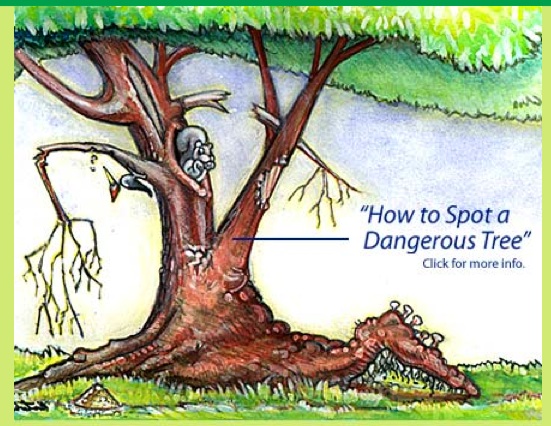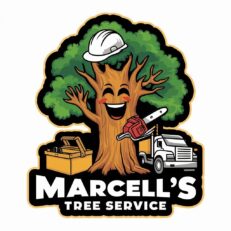Tree Evaluation for Health and Risk: A Comprehensive Guide
Introduction
Trees are an integral part of our ecosystem, providing us with numerous benefits, including clean air, shade, and a home for wildlife. However, trees can also pose risks if not properly maintained or if they become unhealthy. This can lead to property damage, personal injury, or even loss of life. Tree evaluation is essential for ensuring the health of your trees and mitigating risks. In this blog post, we’ll discuss the importance of tree evaluation, the steps involved, and the signs to look for that may indicate potential problems.
Tree evaluation is a vital process that helps identify potential hazards before they become significant problems. Regular evaluations can:
- Prevent property damage caused by falling branches or trees
- Reduce the risk of injury to individuals near the tree
- Preserve the tree’s overall health and longevity
- Ensure compliance with local regulations and safety standards
- Contribute to a safer and more visually appealing landscape
Steps Involved in Tree Evaluation

A comprehensive tree evaluation involves the following steps
- Visual inspection: A certified arborist or tree care professional should inspect the tree’s overall health, including its crown, trunk, and root system.
- Tree health assessment: This includes checking for signs of pests, diseases, and decay.
- Structural assessment: The arborist will examine the tree’s branching structure, looking for signs of weak or damaged limbs, and assess the stability of the root system.
- Risk assessment: The professional will evaluate the potential hazards posed by the tree and determine the level of risk.
- Recommendations: After the evaluation, the arborist will provide recommendations for addressing any issues identified, such as pruning, cabling, or, in extreme cases, tree removal.Signs of Tree Health Issues and Risks
Some common indicators of tree health issues and potential risks include
- Fungal growth: Fungi, like mushrooms or conks, can indicate internal decay, which may weaken the tree’s structure.
- Cracks or splits: Deep, vertical cracks in the trunk or branches can signify structural issues.
- Dead or dying branches: A significant number of dead branches may indicate poor tree health and increase the likelihood of branch failure.
- Leaning: Trees that lean excessively or suddenly may have root problems, increasing the risk of falling.
- Root damage: Damaged or exposed roots can compromise a tree’s stability and health.
- Pest infestations: Insects, such as bark beetles or emerald ash borers, can weaken a tree’s structure and lead to tree death.
- Cankers: Sunken or discolored areas on the bark may indicate a localized disease that can weaken the tree’s structure.
Conclusion
Tree evaluation is a crucial aspect of tree care, ensuring the health of your trees and reducing potential risks to people and property. Regular inspections by a certified arborist or tree care professional can help identify and address problems early, preserving the beauty and safety of your landscape. By being proactive in tree evaluation, you can contribute to a healthier and more sustainable environment for all to enjoy.


